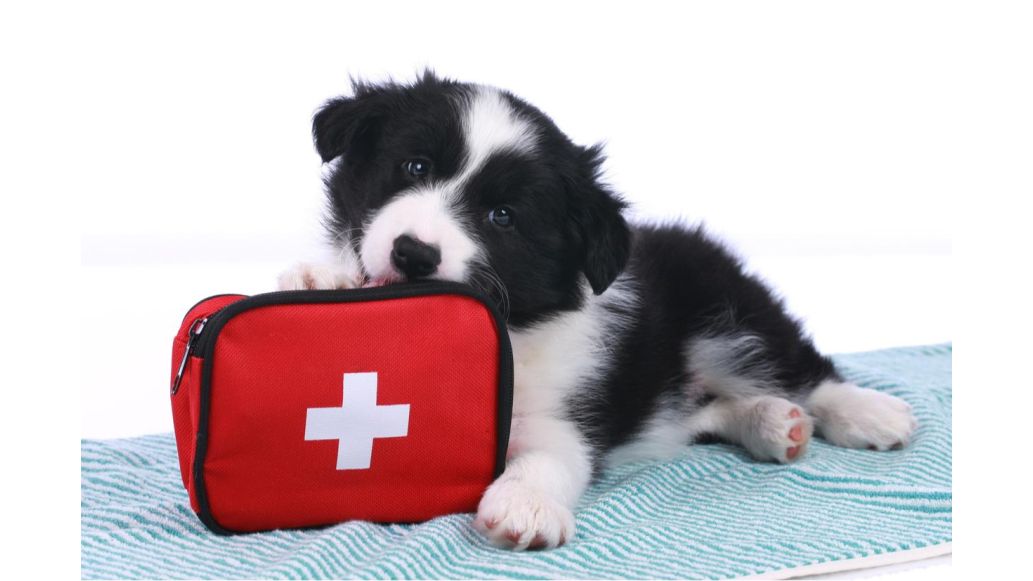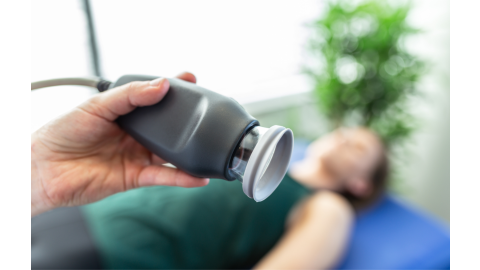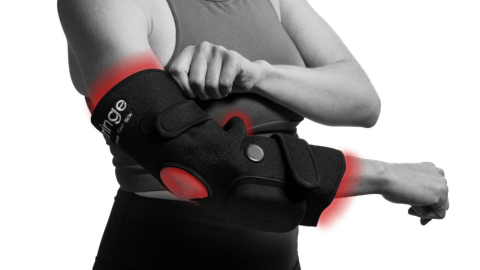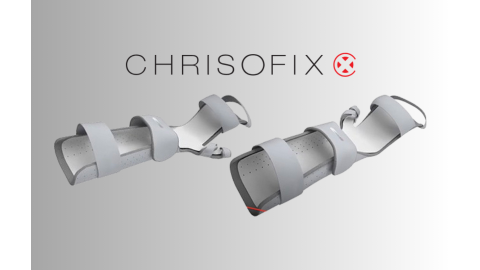There are 42.2 million injury-related visits to emergency departments every year.1 If each visit is made by a different individual, that’s nearly 13% of the U.S. population!2
First aid kits can treat everything from minor injuries to more serious ones that require additional care in the emergency room.
Be ready to treat injuries during an emergency with a first aid kit!
Learn more about first aid kits:
Common Questions about First Aid Kits
27 Items You Need in Your First Aid Kit and Why You Need Them
Buy a Complete First Aid Kit
Common Questions about First Aid Kits
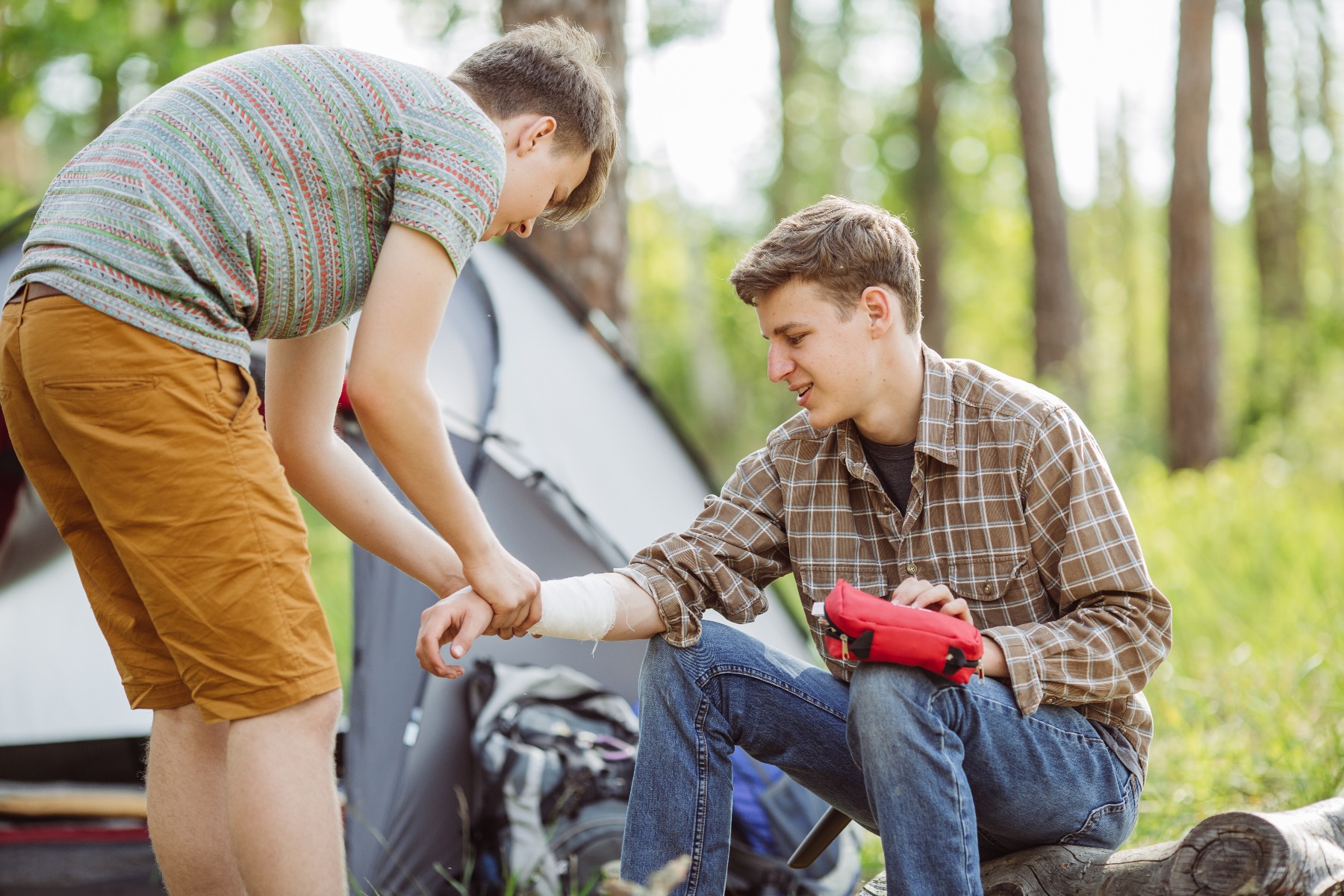
Why do I need a first aid kit?
Accidents happen. While hopefully you won’t need this kit for anything more than bumps and scrapes, it’s best to be prepared. A first aid kit prepares you for treating minor cuts and burns and helps you manage more serious injuries like broken bones and heart attacks until emergency responders arrive.
Where should I keep my first aid kit?
In an emergency, you want the kit to be easily accessible. Keep one first aid kit in your home in a central location, stored out of your children’s reach. Make sure babysitters and caregivers know where your first aid kit is located. A second kit should be kept in your car in case an accident occurs.
It’s a good idea to have an additional first aid kit that you can take with you while travelling. Depending on the contents, flight restrictions may require it to be stored in checked luggage when flying. Be sure to pack any medications that might not be available if you’re planning a trip out of the country. You can also bring the kit along to sports practices and games and outdoor activities like camping, hiking, or boating.
How many first aid kits should I have?
First aid kits should be readily available in case of an emergency. How many kits you’ll need depends on your lifestyle. You should keep at least one first aid kit in your apartment, condo, or house and one in your car. You should also keep a first aid kit in your vacation home or boat. You may want to also keep a small kit in your desk at work. A travel kit can be packed in a suitcase, stored in a backpack while hiking, or taken with you anywhere else you go.
27 Items You Need in Your First Aid Kit and Why You Need Them
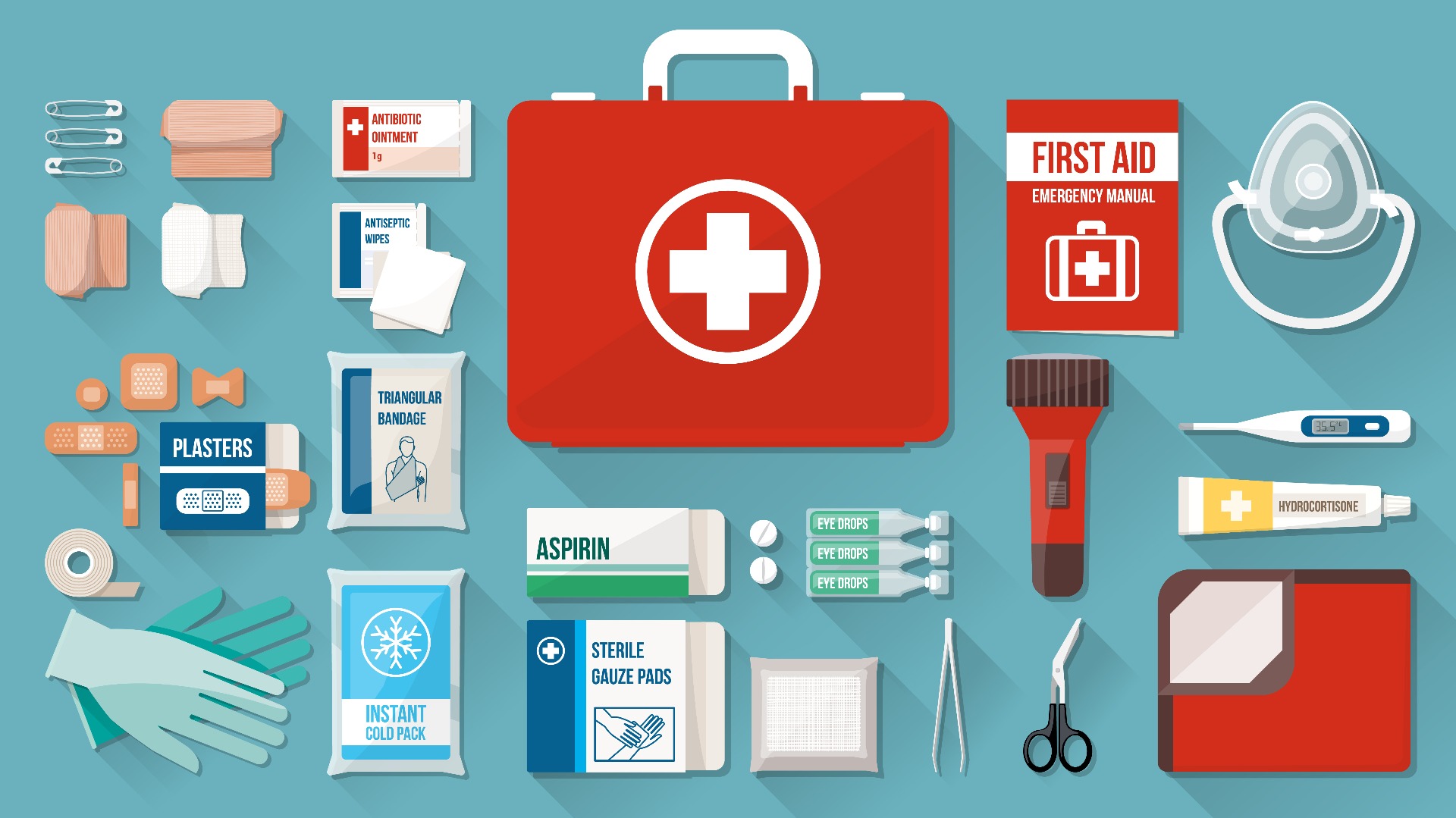
For Cuts, Scrapes, & Burns
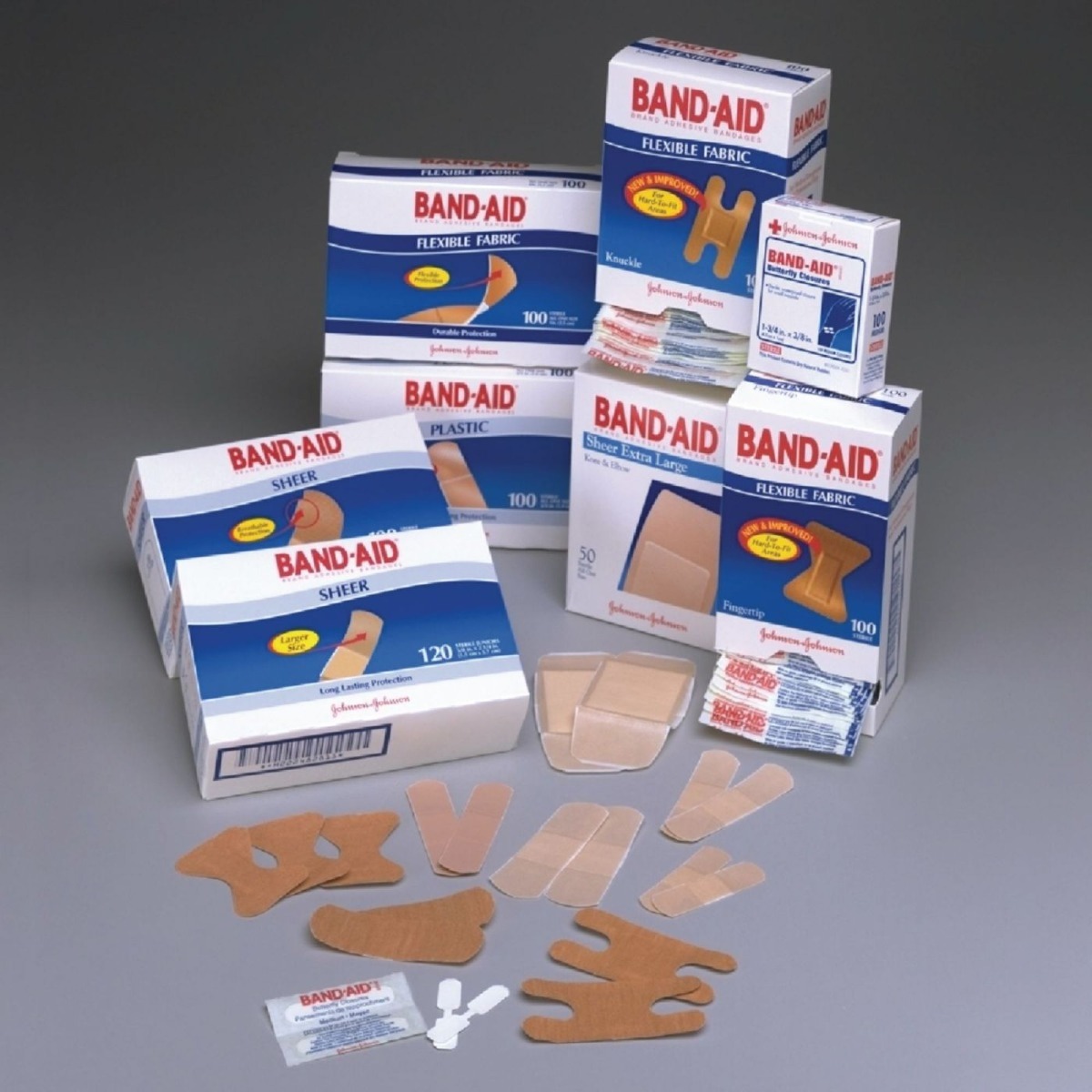
- Gauze
- Sterile gauze can be used to apply pressure to minor open wounds to help stop the bleeding.
- A larger sterile gauze bandage can be used to apply pressure on longer or deeper wounds with moderate bleeding.
- A trauma pad is best for deep or penetrating wounds that are causing serious bleeding.
- Sterile gauze can also be applied to minor burns (after you cool the burn under cool (not cold) water).
- Scissors
- Scissors can be used to cut gauze to size, cut tape, and cut away clothing to expose injuries during treatment.
- Tape
- This latex-free, hypoallergenic tape can be used to secure gauze wound dressings in place.
- Wound Cleanser
- Soap and water is the best option for cleaning cuts once they’ve stopped bleeding. But that isn’t always a possibility. Add a wound cleanser spray or antiseptic wound wipes to clean scrapes while on-the-go.
- Triple Antibiotic Ointment
- You can apply an antibiotic ointment, like Neosporin, to prevent infection while your minor cuts, scrapes, and burns heal.
- Bandages
- After your wound is cleaned, it’s ready to be bandaged. A variety pack of sterile Band-Aid Brand Bandages will ensure that you’re ready to treat any minor cuts or scrapes.
- Hot and Cold Packs
- Cold packs can be used to relieve pain from sprains, strains, and muscle aches. A reusable hot and cold pack can be kept in your freezer for pain relief at home. For more chronic pains, you can heat the packs in the microwave.
- An instant cold pack can be added to your travel first aid kit, so it’s ready to use - with no freezer needed. Another option for soothing, cool relief on-the-go is Biofreeze, available as a gel, spray, or roll on.
- Elastic Bandage
- An elastic bandage, like an ACE Bandage, is a great addition to any first aid kit. You can use the bandage to wrap sprains and strains to provide support and compression while following the RICE protocol (rest, ice, compression, elevation).
- Triangular Bandage
- A triangular bandage can be used as an arm sling, trauma pad, or part of an immobilization splint depending on how you fold and tie it.
- Another option for an arm sling is a ready-made sling, no folding and pinning required!
- Extremity Splint
- More serious injuries and fractures can be immobilized using a Sam Splint. The aluminum core is sandwiched between closed cell foam. The splint can be folded to support and immobilize any limb.
- Finger Splint
- An aluminum finger splint can be used to support any sprained, jammed or dislocated finger. It can be used to support the finger as it heals or until you can have it examined by a doctor (depending on the injury’s severity).
- Non-Latex Gloves
- Gloves can help prevent contact with blood and other bodily fluids when you’re administering first aid. The Red Cross recommends the use of latex-free disposable gloves (because many people are allergic to latex) and states that nitrile gloves are preferred over other types (like vinyl).3
- Hand Sanitizer
- After giving first aid, you should wash your hands with soap and water for at least 20 seconds. If soap and water aren’t available, you can use hand sanitizer. Remember to wash your hands with soap and water as soon as it’s available, even if you already used hand sanitizer.
- CPR Mask
- CPR breathing barriers like face shields and masks protect you from contact with another person’s saliva and bodily fluids while you give rescue breaths. A face shield is more basic and portable while a CPR mask is a little larger and creates a tight seal over the person’s nose and mouth.
- You should take a CPR class to teach you the skills you need to perform CPR in an emergency, but you can review the basics here.
- Medications
- Your first aid kit should include common medications like acetaminophen (Tylenol, etc.) and ibuprofen (Motrin, Advil, etc.).
- Your kit should also include aspirin, it can be life-saving for an adult with chest pain. If someone is having new/unexplained chest pain, you should call 911 and then have them chew a regular aspirin (as long as they are not allergic, on blood thinners, or previously told not to by a doctor).4
- You should never give aspirin to a child as it can cause a serious condition called Reye’s syndrome.
- Tweezers
- For removing splinters and ticks, you’ll want to include tweezers in your first aid kit.
- Moleskin Padding
- Prevent blisters from forming or protect existing blisters from rubbing using moleskin strips. The padding can be used for relieving pain from corns, calluses, and other tender spots too.
- Thermometer
- A thermometer is another important item to pack in your first aid kit. This thermometer includes disposable probe covers and is waterproof, making it easy to use for oral, underarm, or rectal readings. Or choose a non-contact forehead thermometer to include in your kit.
- Bug Spray
- Insect repellent prevents itchy mosquito bites and ticks bites. It also helps protect you from the diseases the insects carry.
- Calamine Lotion or 1% Hydrocortisone Cream
- If you do end up with bug bites or a brush with poison ivy, you’ll be glad you packed calamine lotion in your first aid kit. The lotion helps relieve minor skin irritation and itching. You can also use 1% Hydrocortisone Cream to relieve itching from mosquito bites, poison ivy, or poison oak. The topical steroid is best used on smaller silver-dollar sized areas, while calamine is best for larger areas.
- Sunscreen
- Prevent a painful sunburn by keeping this staple in your first aid kit. Sunscreen protects your skin from damaging UV rays.
- Aloe Vera
- Aloe vera gel can help soothe a painful mild sunburn by providing soothing, cool relief.
- Eye Wash
- Eye wash helps relieve eye irritation including itching, stinging, and discomfort by flushing out irritantants, like chlorine, pollen, smoke, and more.
- First Aid Manual
- A first aid manual is a crucial component to every first aid kit. It gives you instructions on what to do in a variety of emergency situations. While taking a first aid class is important, having a manual reminds you what to do during the emergency situation.
- Emergency Blanket
- An emergency blanket is a thin blanket that maintains your body heat. It can be used if you get trapped in adverse weather conditions or for treating shock.
- Food and Water
- Keeping bottled water and non-perishable food items in your car will prepare you in case you ever get stranded in bad weather.
- Flashlight and Extra Batteries
- Keep a flashlight and batteries with your first aid kit in your home or car. At home, this will be helpful in case the power goes out, while in the car it will offer extra light and be helpful if your car battery dies. A flashlight will help you see any injuries that you need to treat.
For Sprains, Strains, & Broken Bones

For Infection Prevention
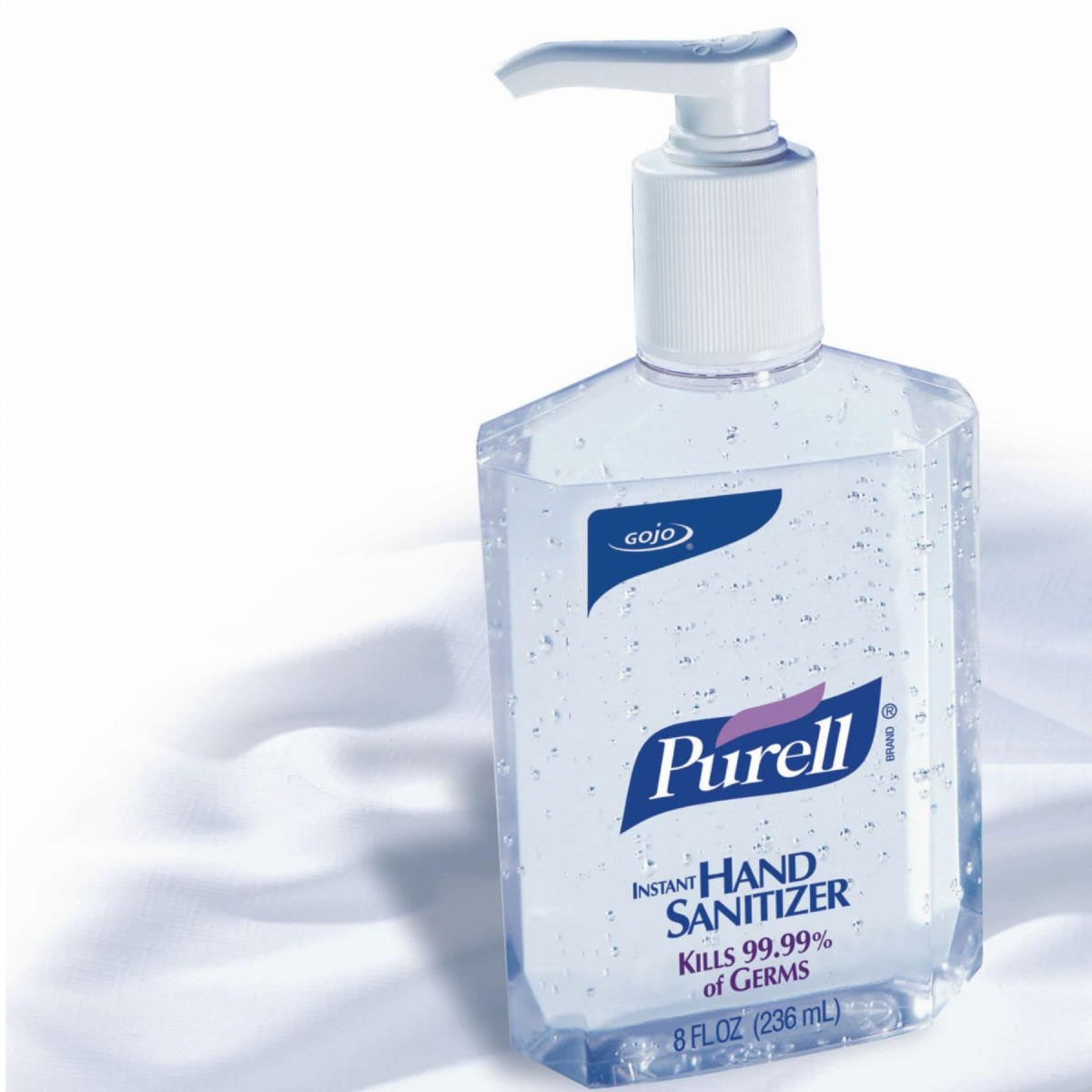
For Other Injuries and Medical Conditions
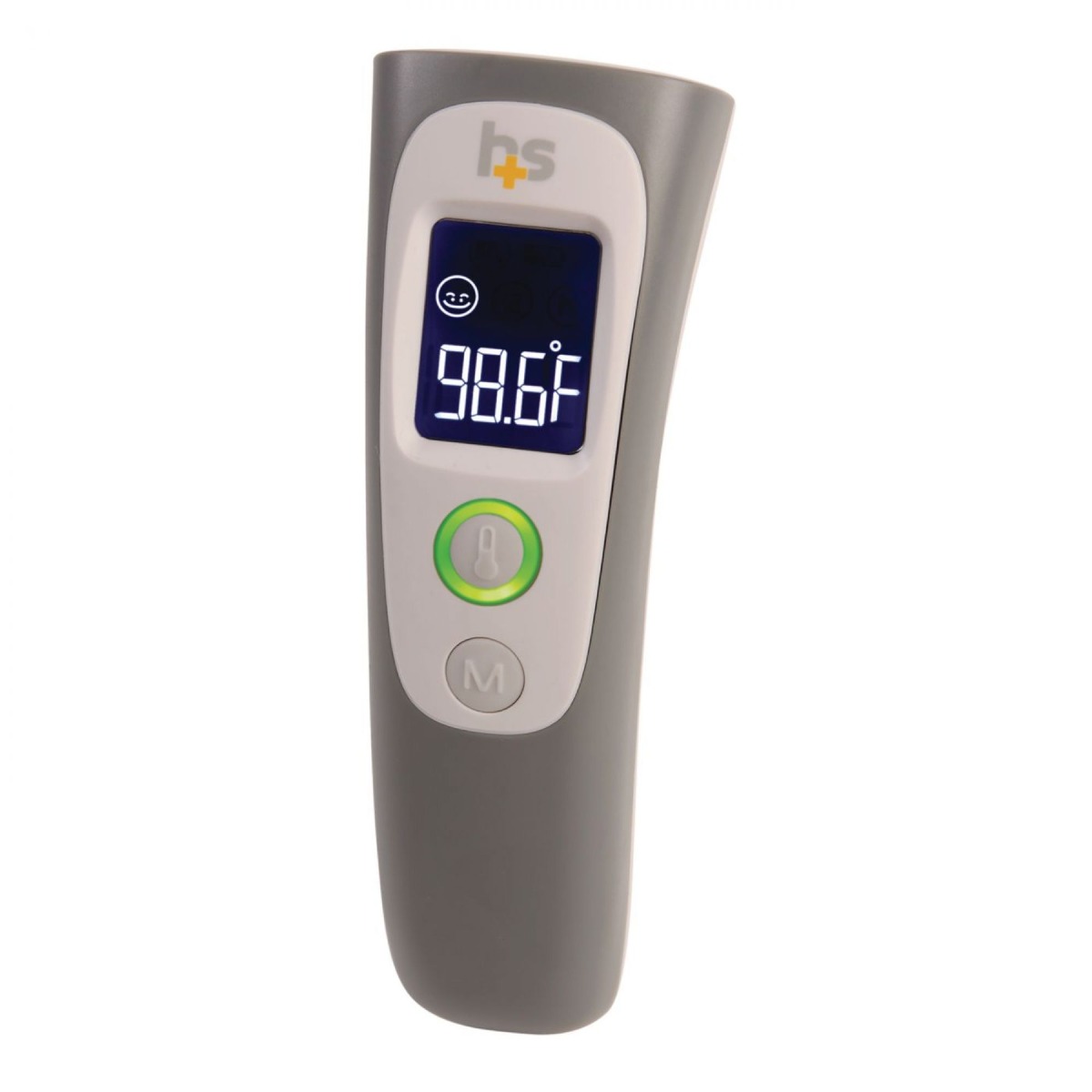
Other Emergency Supplies
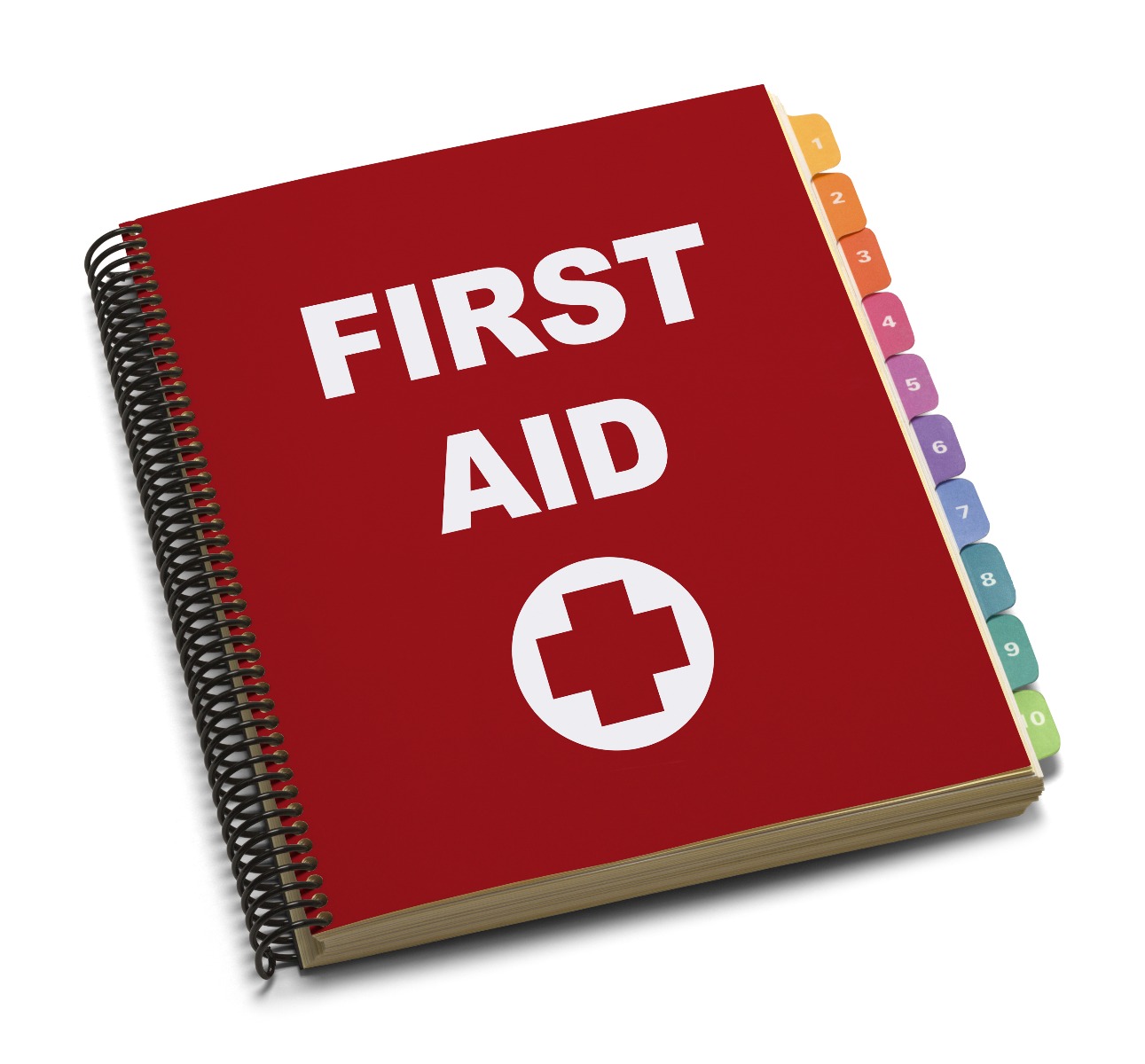
Buy a Complete First Aid Kit
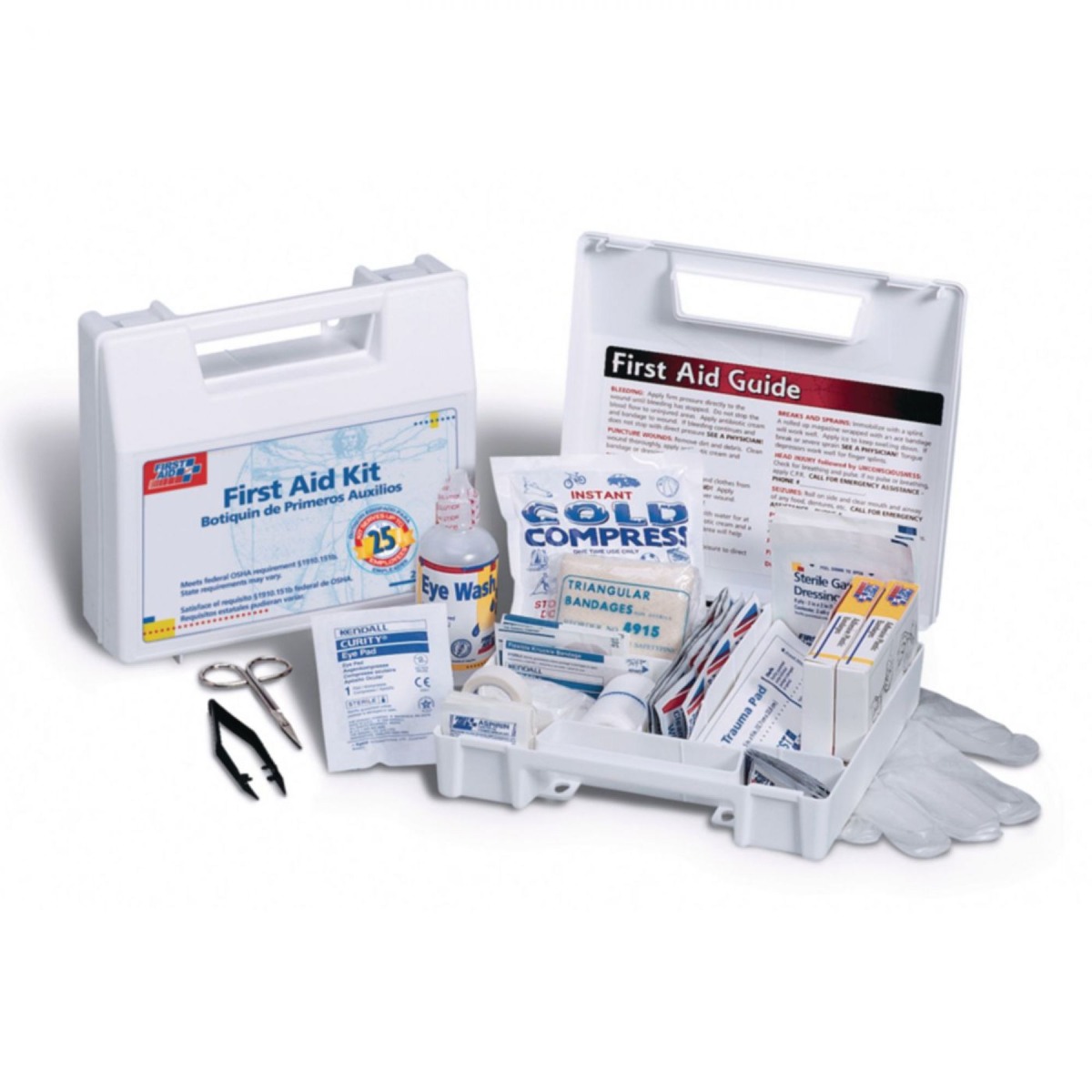
While you could create your own first aid kit and fill it with the items from above, purchasing a pre-filled first aid kit saves you time. You can add additional items to customize the kit to your needs and ensure you include everything from the list above.
Be prepared for an emergency with your own first aid kit! And learn more about how to treat possible injuries by taking a first aid class. They are offered by various nationally recognized organizations including the American Red Cross, American Heart Association, and the National Safety Council.
References
- CDC/National Center for Health Statistics. (2017). Emergency Department Visits. Center for Disease Control and Prevention. Retrieved from https://bit.ly/2RxSz4A
- United States Census Bureau. (2019). U.S. and World Population Clock. United States Census Bureau Retrieved from https://bit.ly/2wBCBiR
- Red Cross. (2019). First Aid/CPR/AED Participant’s Manual. American Red Cross. Retrieved from https://bit.ly/2RAZ46N
- Mayo Clinic Staff. (2018). First-aid kits: Stock supplies that can save lives. Mayo Clinic. Retrieved from https://mayocl.in/3b8nxIj
- Harrar, S. (2017). Pick the Right Products to Stop Itchy Skin. Consumer Reports. Retrieved from https://bit.ly/3cg64xO
Medical Disclaimer: The information provided on this site, including text, graphics, images and other material, are for informational purposes only and are not intended to substitute for professional medical advice, diagnosis or treatment. Always seek the advice of your physician or other healthcare professional with any questions or concerns you may have regarding your condition.








 France
France Australia
Australia